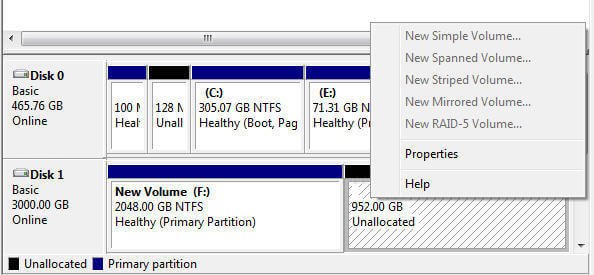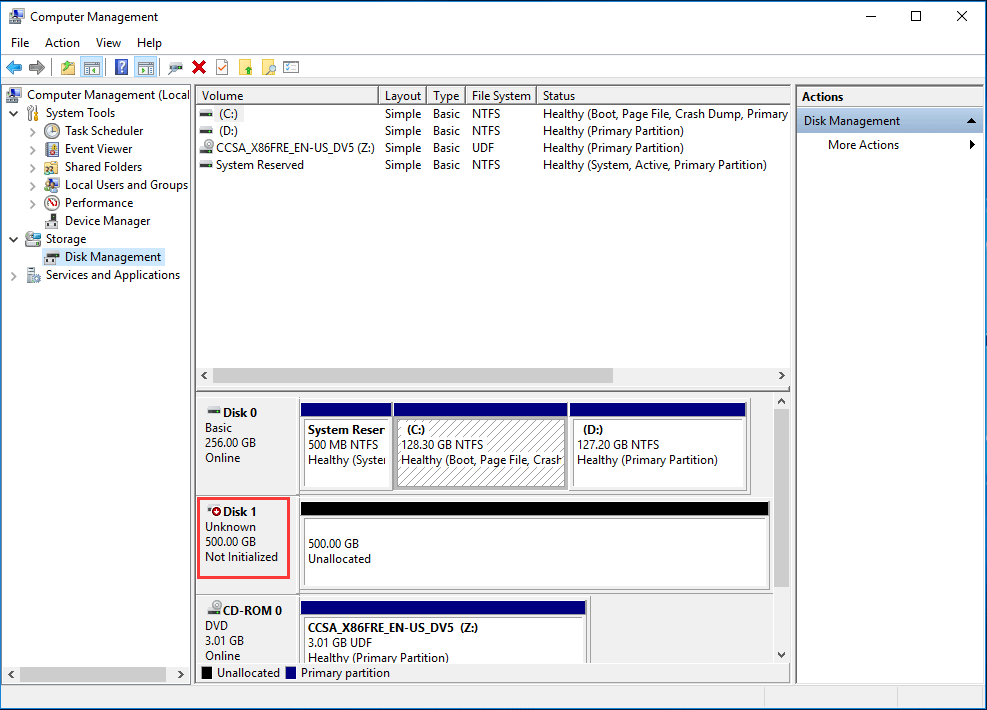
Therefore, it is recommended to purchase USB drive with 128GB in size for backup. As tested, the USB drive that has more than 64GB free space can be recognized as backup destination by Windows Backup and Restore utility.Īs we all know that a USB with 64GB in size does not have 64GB free space at all. Then, one of the solutions is to buy a larger USB flash drive. Backup Windows to larger USB driveĪs covered, Windows refuses to backup system to USB stick due to USB storage. How to successfully back up system image to USB drive? Try following ways: 1. Fix The drive is not a valid backup location in Windows 10/8/7

Figure out how to create system image on USB in Windows 8.1, 8, 10 and Windows 7 right now.

Thus, covered potential risk would not be an issue any more. However, hard drives are produced larger and larger in recent years, even USB sticks increase up to 128 GB capacity. Therefore, it is hard and unsecure to place system backup image, up to dozens of GiBs, on flash drive, especially when scheduled system backup set. The sizes of these USB drives are range from 1 GB to 32 GB. It is a default limitation that Windows users cannot backup system drive image to USB flash drive, while backing up files and other data to it is supported.Īnother possible cause would be, in earlier times, hard drives are created in small size, so does to USB flash drives. This would happen when you use either Windows 7 File Recovery in Windows 8, 8.1 or Windows 7 Backup and Restore in Windows 7, 10. However, when you actually choose a USB flash drive as the backup destination, you may see a warning reads "The drive is not a valid backup location", which disallows you to create system image on USB drive. Given the convenience and portability, it also seems a good idea to backup Windows system image to USB. Many users would like to backup important files to USB drive for double protection, or backup USB stick to other storages via USB auto backup freeware.

USB flash drive is a good transport tool for files transferring, and a great storage device for backup images. The drive is not a valid backup location?


 0 kommentar(er)
0 kommentar(er)
